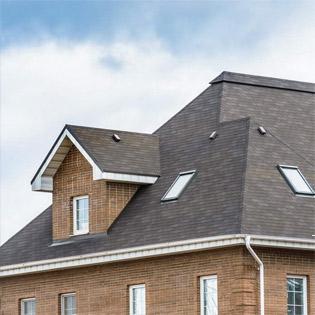Things are looking up for homeowners in the United Kingdom. Demand for domestic re-roofing has increased this decade. Good news if you are among those requiring a new or repurposed roof. You have more options now, with some combining environmental impact with a fashion statement. In short, it is easier for you to be on…
More... "Roofing Materials To Match An Eco-Fashionable Home"